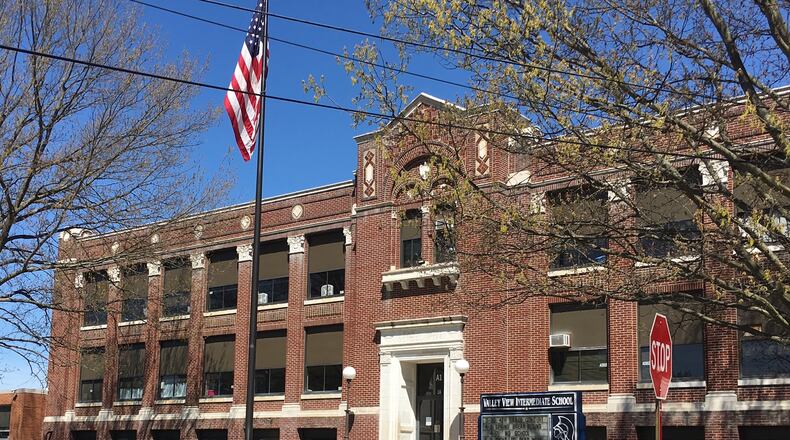MORE DETAILS: Valley View pairs levy with cuts, reorganization
The levy was a permanent, 6.49-mill operating tax that would have raised an estimated $1.53 million annually and cost the owner of a $100,000 home $227.15 per year. Valley View’s five-year financial forecast from October projected the schools to run out of money during the 2020-21 school year.
Superintendent Ben Richards said passage of the levy, coupled with $1.5 million in budget cuts over the next three years, would have put the schools on sound footing for five or more years. Community reaction leading up to the vote was a mix of support for investment in the schools, and arguments that taxes and salaries are already too high for many residents to handle.
2018 STORY: Valley View hires new superintendent
Valley View’s strategic planning work has already triggered several changes outside of the levy process. Richards said class sizes in grades 4-12 will increase, with some teaching positions eliminated and others moving to academic coach or special project roles, to attack specific problems.
Tuesday’s levy was for day-to-day operating costs, not new buildings. If it had passed, it would have been the first tax increase since a 2013 levy. Richards said if the levy is rejected, the district will weigh where else to find savings for 2019-20. Possible areas include busing, educational staff and higher pay-to-play fees, among other areas.
2017 STORY: Valley View in contentious fight over bond for new schools
5 THINGS TO WATCH: Key issues to track in today's election
About the Author

